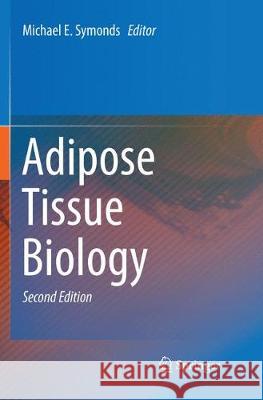Adipose Tissue Biology » książka
topmenu
Adipose Tissue Biology
ISBN-13: 9783319848013 / Angielski / Miękka / 2018 / 460 str.
Adipose Tissue Biology
ISBN-13: 9783319848013 / Angielski / Miękka / 2018 / 460 str.
cena 596,20 zł
(netto: 567,81 VAT: 5%)
Najniższa cena z 30 dni: 593,43 zł
(netto: 567,81 VAT: 5%)
Najniższa cena z 30 dni: 593,43 zł
Termin realizacji zamówienia:
ok. 20 dni roboczych.
ok. 20 dni roboczych.
Darmowa dostawa!











